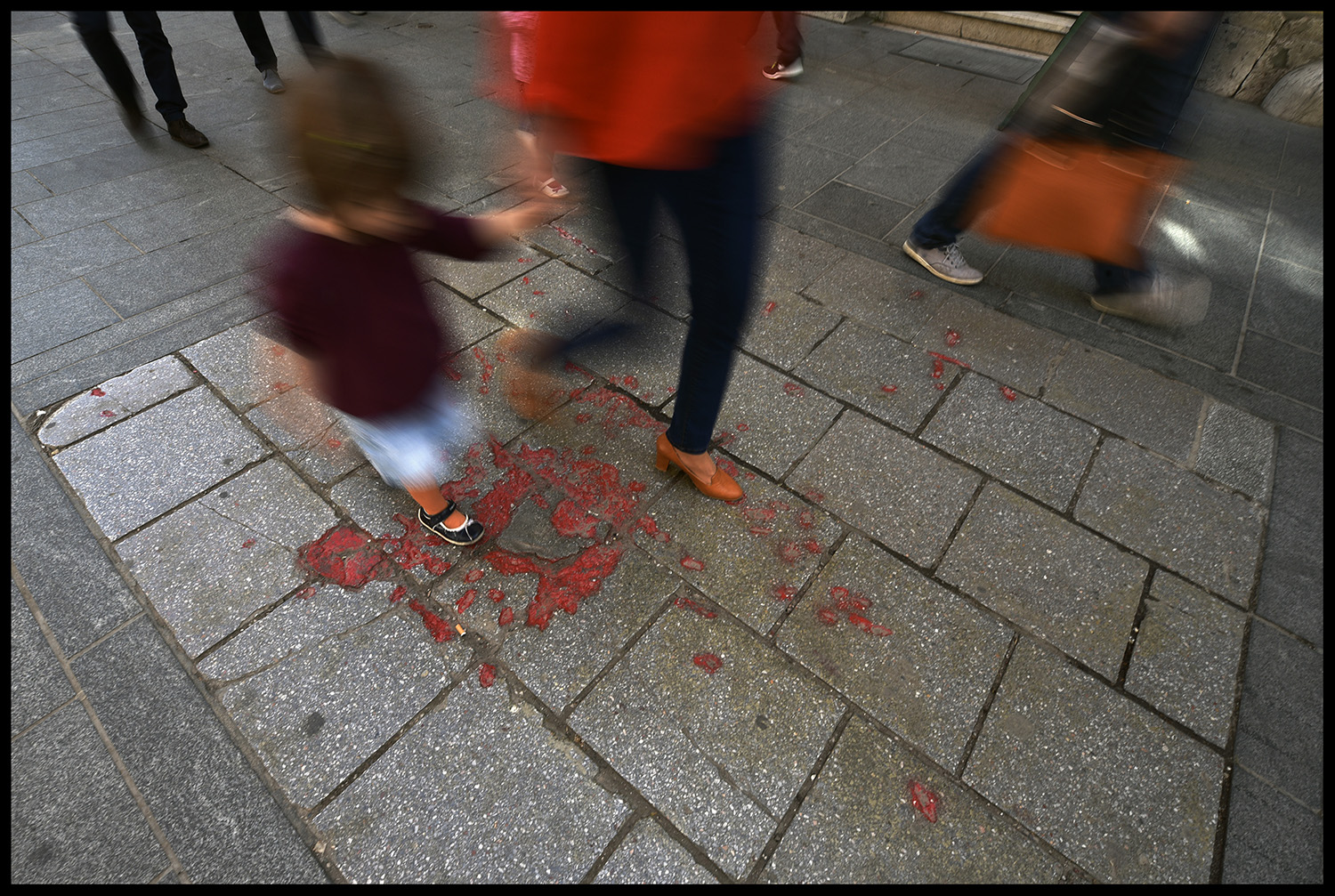TRANsition - Bosnia and Herzegovina
The Conflict: An Introduction
After the disintegration of Josip Broz Tito’s Yugoslavia, a unified, multi-ethnic state formed in the postwar period, and a brutal war broke out in Bosnia and Herzegovina (BiH) from 1992-1995 between the Bosnian Croats, Bosnian Serbs, and Bosnian Muslims or Bosniaks. The Bosnian Serb Army, backed by the Serb-dominated Yugoslav National Army (JNA), occupied 70 percent of the country, killing and persecuting Bosniaks and Bosnian Croats in an effort to create a Serb Republic. It is estimated that around 100,000 people were killed, two million became refugees and internally displaced persons, and more than 8,000 are still missing. It is also estimated that approximately 677 concentration camps, rape camps, and detention centers were established. The war concluded in November 1995 with the signing of the Dayton Peace Agreement (DPA). BiH was split into two semi-autonomous entities—the Federation of Bosnia and Herzegovina (FBiH), made up of a Bosniak and Bosnian Croat majority, and the Republika Srpska (RS), comprised of a Bosnian Serb majority. A self-governing administrative unit called the Brĉko District was also established in the northeast section of the country. Both entities have their own parliaments, governments, and judiciaries. The Brĉko District is also in charge of its own internal affairs. At the state level, there is one president for each of the three constituent ethnic groups, with the chairmanship rotating every eight months. The complexity of government bureaucracy is such that the country is now buckling under its inefficiency. BiH is currently experiencing widespread corruption, radicalization, nepotism, ethnic division, and economic stagnation. The country’s youth unemployment rate, at 57.5 percent, is the highest in the world. Around 150,000 young people have left since the war ended in 1995, and 10,000 continue to leave each year.
The project was developed in cooperation with Art Works Projects Chicago, Post-Conflict Research Center (PCRC) and WARM Foundation



